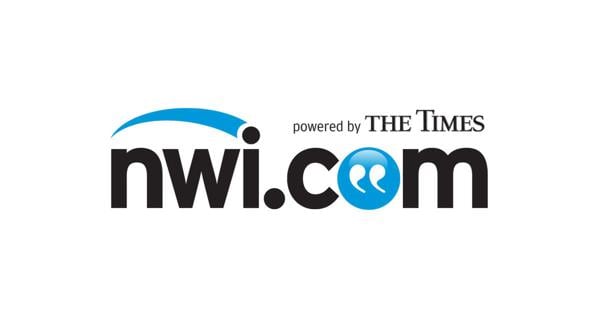The American stock market experienced a significant downturn this week as investor optimism for an impending interest rate cut by the Federal Reserve in September began to wane. This shift in market sentiment reflects growing doubts about the central bank’s next monetary policy moves, impacting various sectors and prompting caution among investors.
A key indicator of this market pressure was observed in the bond market, where the yield on the two-year U.S. Treasury note saw an increase, climbing to 3.93% from 3.86% the previous day. Similarly, the 10-year Treasury yield also edged higher, reaching 4.36% from 4.34%. These rising Treasury yields typically exert downward pressure on equities, as fixed-income investments become more attractive relative to stocks.
The Federal Reserve’s recent vote to maintain its main interest rate at its current level played a crucial role in shaping this market reaction. While the decision was widely anticipated, the nuances of the vote, including dissenting voices advocating for lower rates, signaled internal divisions regarding the optimal path forward for monetary policy.
Federal Reserve Chair Jerome Powell further tempered expectations for a September rate cut, emphasizing that inflation continues to hover above the Fed’s long-term target of 2%. Despite a job market that appears to be “in balance,” Powell’s remarks underscored the central bank’s commitment to price stability, suggesting a cautious approach to any future easing of monetary policy.
The delicate balance facing the Federal Reserve involves stimulating economic growth through lower interest rates while simultaneously guarding against the risk of reigniting inflationary pressures. A premature rate cut could potentially fuel inflation, especially given broader economic factors that might contribute to rising prices for consumers, presenting a complex challenge for policymakers.
Amidst the broader market movements, individual company performances offered a mixed picture. Humana, the health care and insurance giant, saw its shares surge by 12.4% after reporting stronger-than-expected financial results for the latest quarter, indicating resilience in specific market segments despite overall headwinds.
Conversely, Trane Technologies, a heating, ventilation, and air conditioning company that had seen substantial gains earlier in the year, experienced an 8.4% decline, even though its quarterly profit exceeded forecasts. Starbucks also faced challenges, with its stock slipping 0.2% following a weaker-than-anticipated profit report as the coffee giant continues its efforts to revitalize operations and introduce new products like a cold foam protein drink.






Leave a Reply